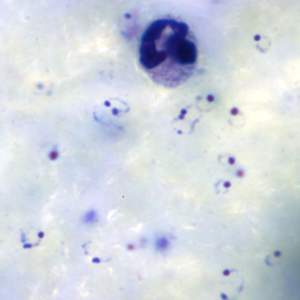In 1762, the Austrian physician Marcus Antonius von Plenciz (1705-1786) published a book titled Opera medico-physica. It outlined a theory of contagion stating that specific 'animalculae' in the soil and the air were responsible for causing specific diseases. Von Plenciz noted the distinction between diseases which are both epidemic and contagious (like measles and dysentry), and diseases which are contagious but not epidemic (like rabies and leprosy). The book cites Anton van Leeuwenhoek to show how ubiquitous such animalculae are, and was unique for describing the presence of germs in ulcerating wounds.
But what if this amazing scientific leap was accepted at the time? What if scientists of the 1700s and 1800s did figure out the cause of disease rather than continuing to think it was miasma, demonic possession, "imbalanced humours", or "bad airs"?
So, @SeaCambrian posted this as a DBWI some months ago (bold emphases mine where I adjusted the original post), and I've found myself thinking about the possible effects of Von Plenciz's book/theory gaining wider prominence.
At the turn of the 18th century Austria’s health care system was underdeveloped in comparison to the countries of Western Europe. Maria Theresia, the ruler of Austria between 1740 and 1780, recognised this deficit and wanted to improve the situation. Her interest in improvement originated, on one hand, from her feeling of responsibility for the people of her empire but, on the other hand, also from her concern to maintain the labour force of the population. Her ambitions were to improve the health care system and to set up a new study plan for medicine.
How would this affect how medicine develops? What significant changes could we see? Are there people who died OTL that could've been saved had Plenciz's theory been accepted? How would it affect warfare (since medicine and warfare are sort of bound up together and a war can lead to medical knowledge - as well as technology - advancing by leaps and bounds simply because it has to)?

